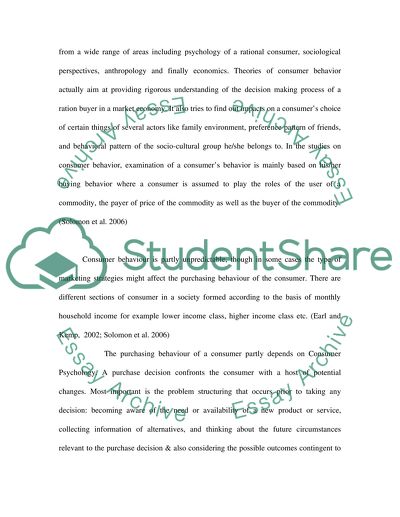Cite this document
(“Consumer behaviour Essay Example | Topics and Well Written Essays - 3000 words - 3”, n.d.)
Retrieved from https://studentshare.org/environmental-studies/1411667-consumer-behaviour
Retrieved from https://studentshare.org/environmental-studies/1411667-consumer-behaviour
(Consumer Behaviour Essay Example | Topics and Well Written Essays - 3000 Words - 3)
https://studentshare.org/environmental-studies/1411667-consumer-behaviour.
https://studentshare.org/environmental-studies/1411667-consumer-behaviour.
“Consumer Behaviour Essay Example | Topics and Well Written Essays - 3000 Words - 3”, n.d. https://studentshare.org/environmental-studies/1411667-consumer-behaviour.


